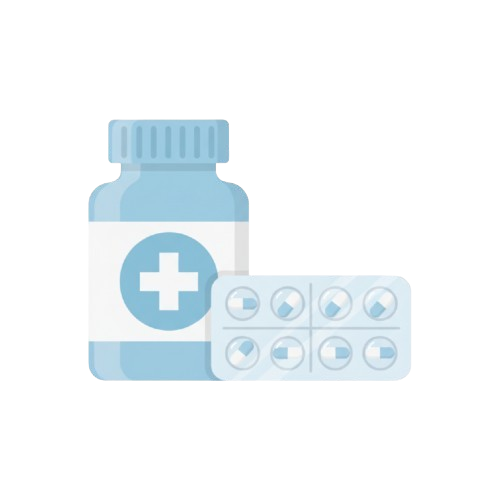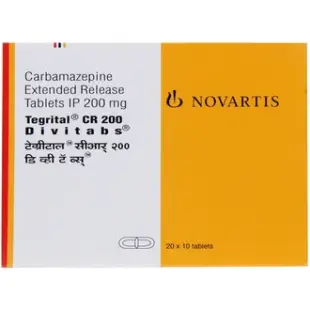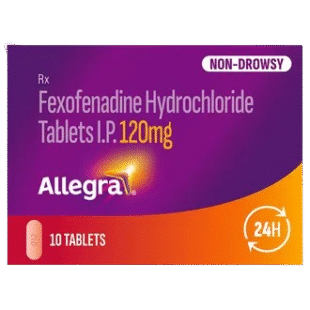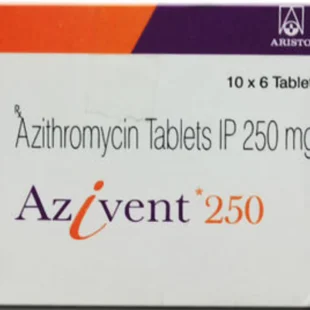- Your cart is empty
- Continue Shopping
Detailed Description of SYTRIP 10MG TAB (Probable Active Ingredient: Amitriptyline 10mg)
Disclaimer: This information is for general knowledge only and is based on a common medication with a similar name and dosage. You must consult a doctor or pharmacist for accurate information regarding your specific prescription, diagnosis, and treatment.
1. Active Ingredient and Drug Class
- Active Ingredient (Probable): Amitriptyline Hydrochloride 10 mg
- Drug Class: Tricyclic Antidepressant (TCA)
- Mechanism of Action: Amitriptyline works by increasing the levels of certain natural chemical messengers (neurotransmitters), particularly serotonin and norepinephrine, in the brain. By preventing the reuptake and inactivation of these neurotransmitters, it helps to regulate mood and also reduces the transmission of pain signals from the nerves to the brain. It also possesses sedative and anticholinergic properties.
2. Primary Therapeutic Uses
Amitriptyline is a versatile medication used to treat a variety of conditions, often at the low 10mg dose, which is frequently preferred for conditions other than severe depression:
- Treatment of Depression: To help improve mood, reduce anxiety, and stabilize emotions.
- Neuropathic Pain: Management of chronic nerve pain caused by conditions like:
- Painful Diabetic Neuropathy
- Post-herpetic Neuralgia
- Other chronic pain conditions.
- Prophylactic Treatment of Migraine: To reduce the frequency and severity of migraine and chronic tension-type headaches.
- Insomnia: Used to help improve sleep quality due to its sedating effects.
- Bedwetting (Nocturnal Enuresis): In children (usually aged 6 years and above), when prescribed by a doctor.
3. Dosage and Administration
- Form: Tablet, generally taken orally (by mouth).
- Dosing: The dose and duration are strictly determined by a doctor based on the patient’s condition and response.
- Administration: It is often advised to take this medication at bedtime due to its tendency to cause drowsiness and sleepiness.
- Onset of Action: The full antidepressant or chronic pain relief effects may take 2 to 4 weeks of regular use to be fully realized.
4. Common Side Effects
While generally well-tolerated at lower doses, common side effects are related to its anticholinergic and sedative properties:
5. Important Safety Advice (Precautions and Warnings)
- Alcohol: Consumption of alcohol is highly discouraged as it can dangerously increase drowsiness and sedation.
- Driving/Operating Machinery: Due to the risk of drowsiness and dizziness, patients are advised to avoid driving or operating heavy machinery until they know how the medication affects them.
- Sudden Discontinuation: Do not stop taking the tablet suddenly, even if you feel better. Abrupt discontinuation can lead to withdrawal symptoms (e.g., headache, irritability, sleeplessness). The dose must be tapered gradually under a doctor’s supervision.
- Pregnancy and Breastfeeding: Use during pregnancy or breastfeeding requires careful consideration and must be discussed with a doctor, as it may be unsafe.
- Medical History: Inform your doctor if you have any history of heart problems, seizure disorders (epilepsy), glaucoma, or liver/kidney disease.
- Suicidal Thoughts: Pay close attention to any sudden changes in mood, behavior, thoughts, or feelings, especially at the start of treatment or following a dose change, and report them to your doctor immediately.
-10%













Reviews
There are no reviews yet.